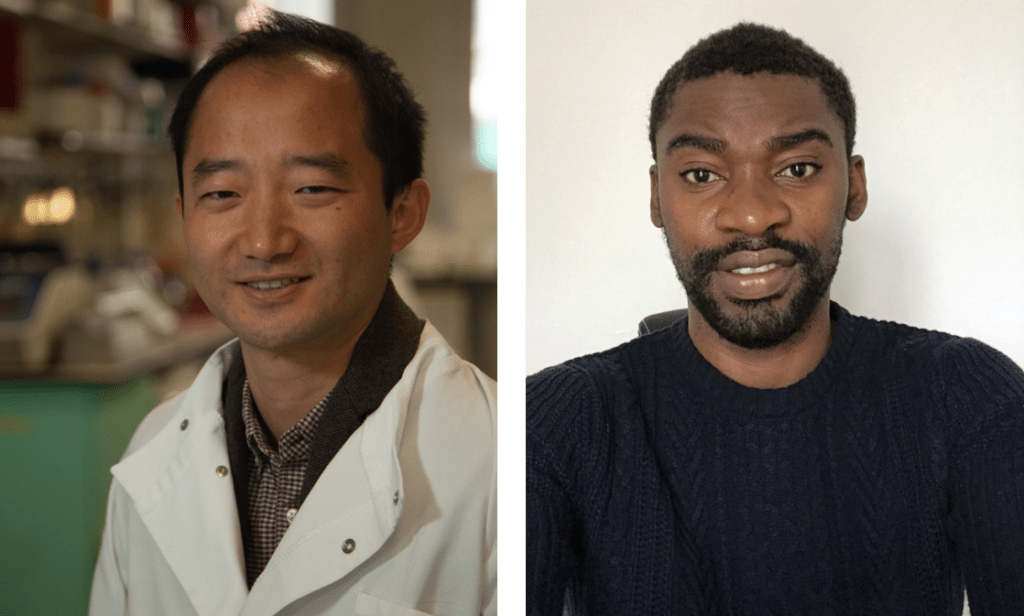Dissecting complex biological pathways with machine learning

We spoke with Group Leader Dr Jun Wang and Postdoctoral Researcher Dr Anthony Anene from Barts Cancer Institute’s Centre for Cancer Genomics & Computational Biology about their most recent publication. Published in Patterns, the paper describes the development of a machine-learning tool called ACSNI that can be used to predict tissue-specific pathway components from large biological datasets.
What is ACSNI and how does it work?
The ultimate goal of molecular cell biology is to understand what and how biological signals are coordinated to regulate cellular functions. This information is central to understanding disease processes and developing effective treatment strategies. However, our knowledge base in this area is limited. ACSNI (automatic context-specific network inference) was designed to help extend our knowledge of biological processes in different tissues. It uses current known information on biological pathways, taken from large, publicly available databases, to interrogate gene expression profiles. Essentially, ACSNI decomposes the genetic information (specifically RNA expression data known as transcriptomic data) from tissues into pathway activities, and extracts potential genes (or components), including unknown candidates, involved in these pathways.
Why is ACSNI a valuable tool and what were your motivations for creating it?
Methods that allow researchers to group genes into functional units are indispensable in the analysis of the vast number of biological datasets that research generates. These methods enable the extraction of biological insights from complex signals; however, many of the methods make simplified assumptions about the biological systems, like assuming linearity i.e. that pathway activities change at constant rates with respect to gene expression changes. ACSNI was motivated by the lack of tools that can model biological pathways as hierarchical and non-linear systems. We used the layers of a deep neural network (a type of machine learning) to achieve this task, which allows us to extract the non-linear associations within gene expression datasets.
How do you hope the tool can help with research on cancer/other diseases?
Cancer is characterised by dysregulation of many biological processes, including cell growth and division, migration, immune function and blood vessel formation (angiogenesis). Targeting these processes may be the best option for treatment, but the signalling pathways are poorly understood, limiting the effectiveness of therapeutic approaches. This situation is similar for many human diseases. The ACSNI framework will allow researchers to identify components of biological pathways, which will enable us to pinpoint their deregulation in cancer. Our tests showed that ACSNI can predict validated and detailed, tissue-specific biological networks, which may be able to guide researchers in designing drugs to target the molecular mechanisms that underlie tumour formation.
What are your future plans for this tool?
It is well established that biological processes are coordinated at several ‘omics’ levels, including at the DNA, epigenetic, RNA and protein levels. Currently, ACSNI uses RNA measurements and allows for the integration of one additional layer of information. We plan to develop the tool further to include even more omic datasets, which would enrich the predictions.
This research was supported by Barts Charity and Cancer Research UK.
Category: General News, Interviews, Publications

No comments yet